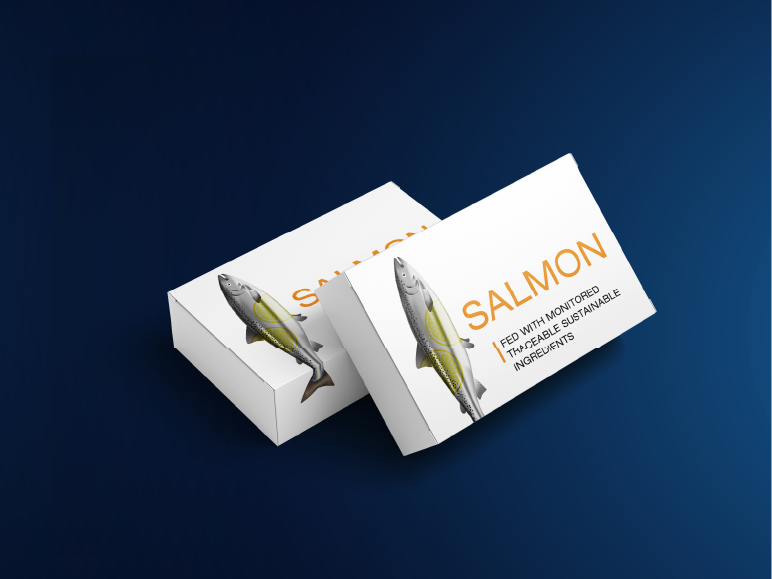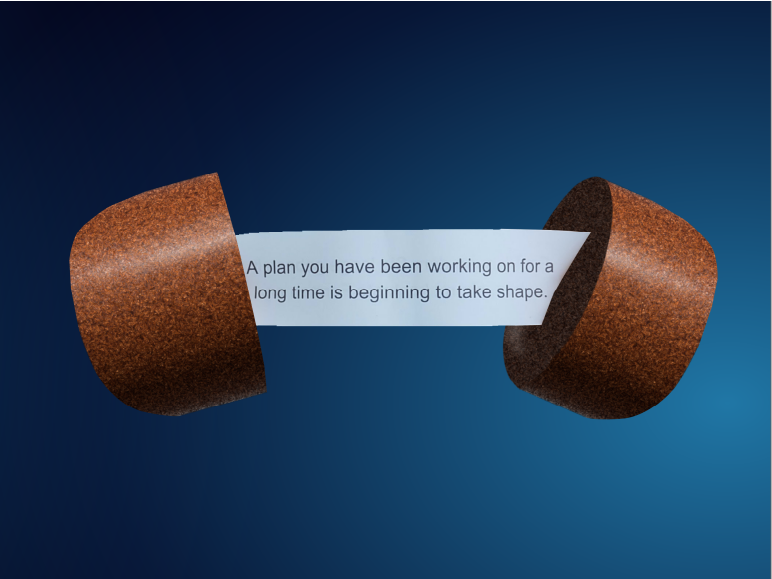How do we make feeds safe and sustainable?
As you now know, our feeds include a wide variety of ingredients, which are sourced from all over the world, close to our production wherever viable. All the raw materials selected for Skretting diets follow strict quality assurance criteria, and only approved feed ingredients and suppliers are used by Skretting companies. Luckily, we have a great network of quality people (really, they’re top notch) to collaborate and share knowledge and experience.
Strict controls
Lab testing is an important part of our quality control programme, allowing us to measure specific components of an ingredient or feed sample to assure that it meets quality specifications. Tests analyse moisture content, protein, fat quality, fat quantity, pathogens and other key indicators of quality, in addition to potential pollutants.
One of the unique ways that Skretting ensures global quality standards is using near-infrared spectroscopy, NIR for short. NIR studies the interaction between a sample and infrared light dispersed into individual wavelengths. Data is represented in a spectrum that we analyse with our calibrations to extract information from the sample.

It sounds complicated, but through decades of internal calibration, these tools enable rapid testing of a large number of samples of feed, ingredients and final products. Over the past 20 years, we have developed specific calibrations that are used by our network all over the world, ensuring we are comparing apples with apples.
Of course, feed eventually equals food, so we also ensure that the highest levels of hygiene are maintained throughout all our manufacturing environments to ensure the best quality feed.
Essentially, everyone at Skretting shares the ambition to use raw materials in a way that enables us to produce as much high-quality feed in the best way possible so that aquaculture can in turn generate the volume of sustainable, safe and delicious seafood needed to meet the world’s growing demand for protein.
Through decades of calibration, our NIR tools enable rapid testing, and over the past 20 years, we have developed unique calibrations that are used by our network all over the world.
Sustainability – it’s not just what we aspire to do, it’s what we do
You can read more about how we ‘do’ sustainability on our website here, but before you go, it’s a good opportunity to mention that as the global population continues to grow, there is increasing focus on aquaculture to provide the protein to feed the world. We have an essential role to play.
A 30 million tonne projected increase in aquaculture production means a need for an additional 45 million tonnes of raw materials. So where will they come from? We have a detailed sustainability strategy and hefty ambitions.
Read more about our sustainability strategy, and our latest reports

Next
The future of feed
As a responsible global business, Skretting has long recognised that we must innovate to enable aquaculture and seafood supply chains to keep pace with the food demands of a fast-growing population. This must be done in the most pro-planet manner possible, with a strong focus on the protection of endangered species and sensitive ecosystems. What is our plan for the future?
